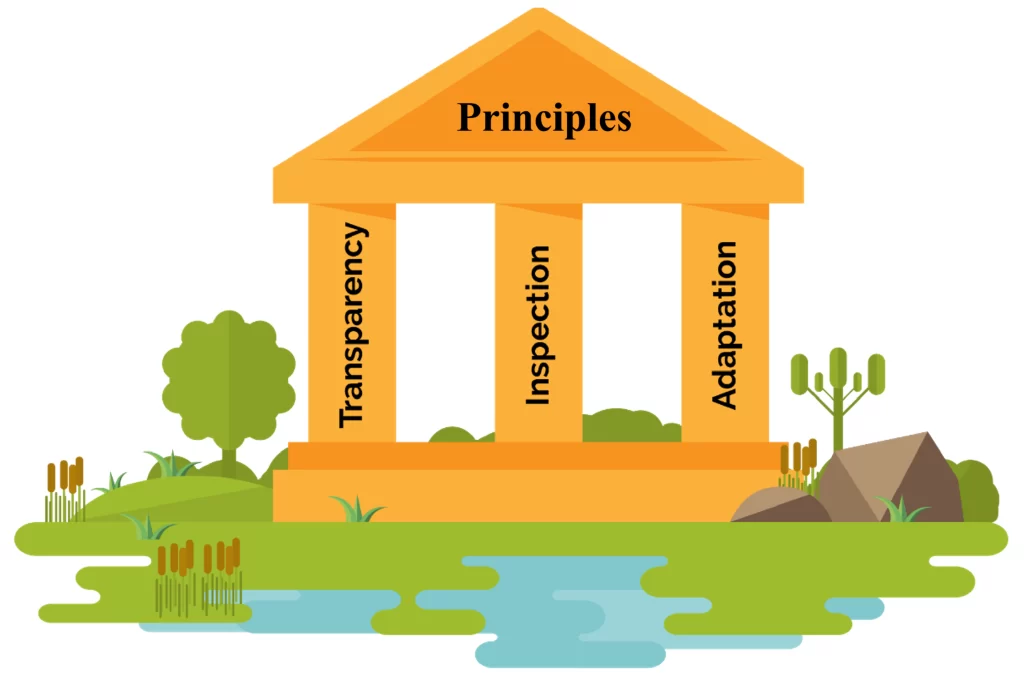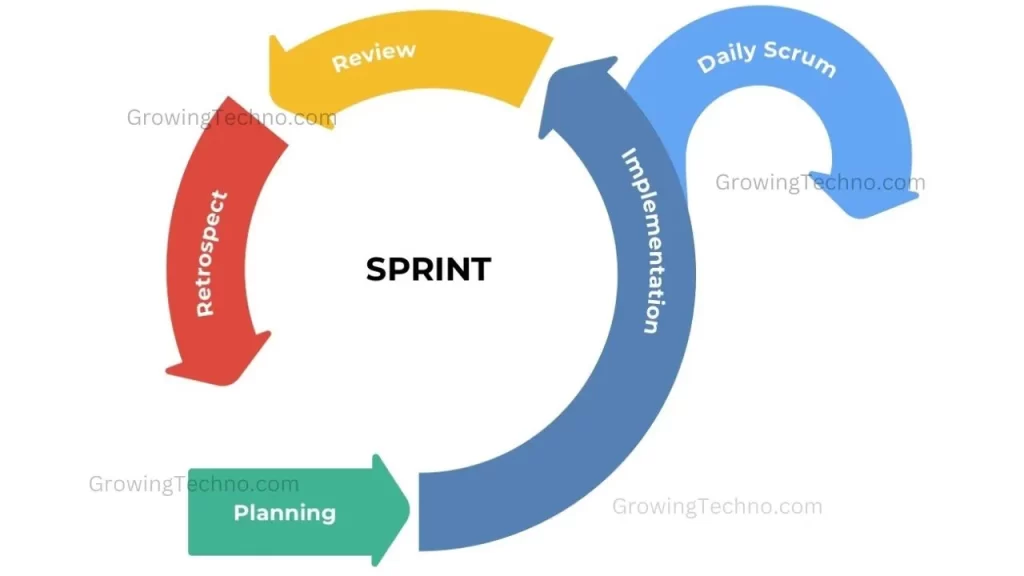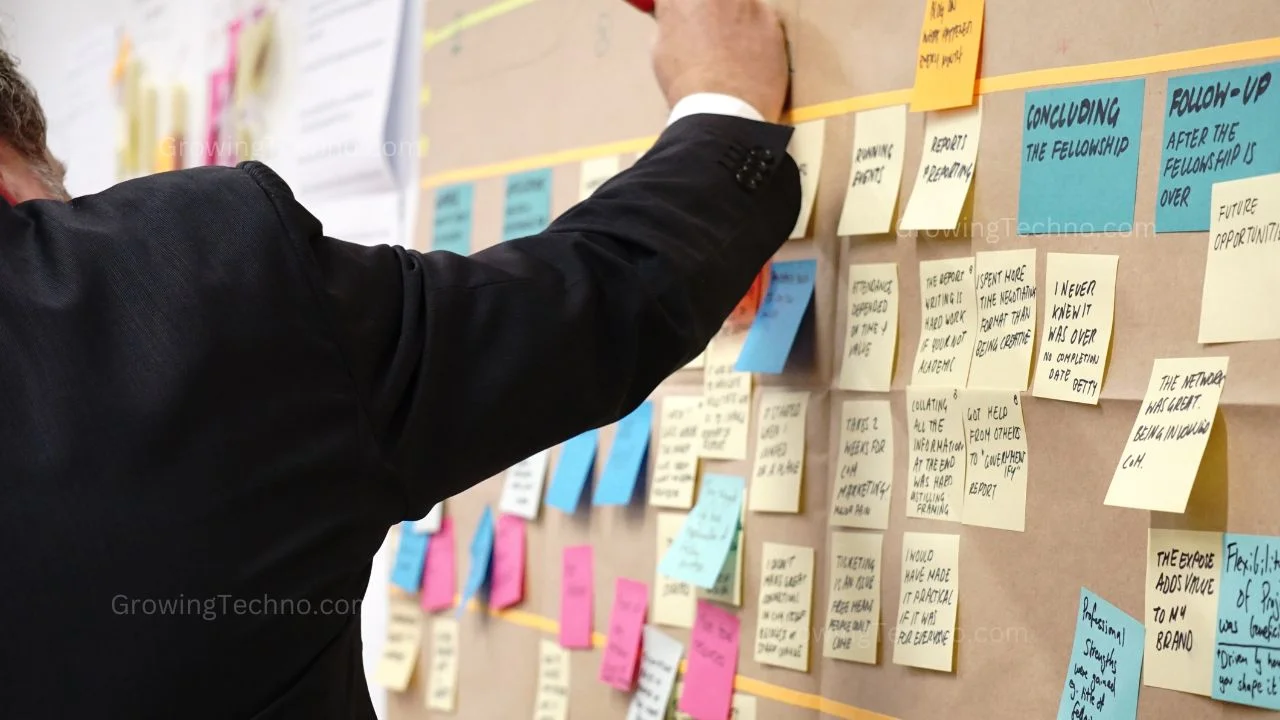
In the dynamic world of Agile project management, the Scrum framework stands tall as one of the most popular and effective methodologies. Scrum provides a structured yet flexible approach to managing projects, fostering collaboration, and delivering high-quality results. In this article, we will delve into the world of Scrum, uncovering its principles, roles, ceremonies, and its undeniable impact on modern project management.
Understanding Scrum
Scrum, an Agile framework, strongly emphasizes collaboration, adaptability, and transparency. It initially emerged in the early 1990s but has since evolved into the go-to choice for teams seeking to streamline their projects.
Principles
At its core, several key principles guide Scrum:
- Transparency: All aspects of the project must be visible and comprehensible to everyone involved.
- Inspection: Teams frequently inspect their work to detect issues and adapt accordingly.
- Adaptation: Based on inspection, teams make necessary adaptations to optimize their work.

Roles
Scrum defines three primary roles:
- Scrum Master: This individual is responsible for ensuring that the Scrum process is understood and followed. They serve as a guide for the team and facilitate Scrum events.
- Product Owner: The Product Owner represents the voice of the customer and ensures that the team delivers value to the end-users.
- Development Team: This is the group responsible for delivering the product incrementally. They are self-organizing and cross-functional, meaning they have all the skills necessary to complete the work.
Ceremonies
Scrum follows a set of ceremonies to keep the team on track:
- Sprint Planning: This meeting kicks off each Sprint, during which the team decides what can be accomplished in the upcoming Sprint.
- Daily Standup: Teams meet daily for a short status update, discussing what they worked on yesterday, what they plan to do today, and any obstacles.
- Sprint Review: At the end of each Sprint, the team demonstrates what they’ve accomplished to stakeholders.
- Sprint Retrospective: This meeting allows the team to reflect on the Sprint and identify areas for improvement.

Artifacts
Scrum employs several artifacts to keep work organized:
- Product Backlog: This is a prioritized list of all the work that needs to be done on the project.
- Sprint Backlog: A subset of the Product Backlog, it contains the work the team commits to completing during the Sprint.
- Increment: This is the sum of all completed items from the Sprint and represents the current version of the product.
Why Scrum?
Scrum offers several advantages:
- Flexibility: The iterative and incremental nature of Scrum allows teams to adapt to changes quickly.
- Efficiency: Scrum’s ceremonies and roles foster efficient collaboration and continuous improvement.
- Customer-Centric: With a Product Owner representing the customer, Scrum ensures that the delivered product aligns with customer needs.
- Transparency: Scrum’s principles of transparency and inspection provide clear visibility into the project’s progress.
Conclusion
In conclusion, Scrum is more than just a project management framework; it’s a philosophy that encourages teamwork, adaptability, and a focus on delivering value. Its principles, roles, ceremonies, and artifacts combine to create a powerful approach to project management that has transformed industries and continues to drive successful projects across the globe.
Found this helpful? Share the wisdom!






